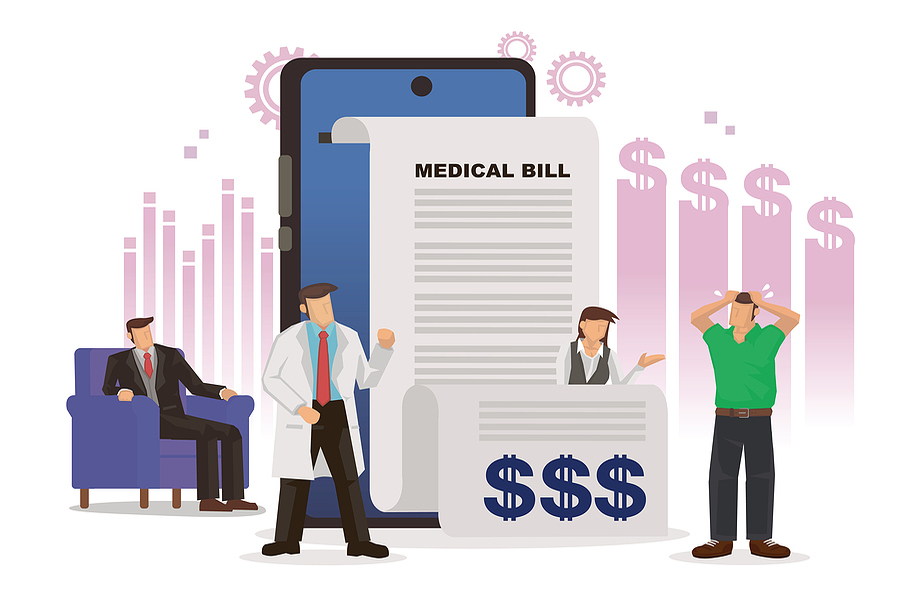People of all ages and genders may experience muscle pain at some point of time in their life. After an intense workout, or when you suddenly change your exercise routine, you may experience delayed onset of muscle soreness or DOMS. Because you have muscle tissues everywhere, the muscle pain can practically be felt throughout the body at different times.
Muscle pain, or myalgia, occurs due to injury, infection, disease, or some other health issues. You may feel deep and steady pain, or random sharp pains in various parts of the body. Some people experience muscle pain all over their body, while some others feel it only in some specific areas. Muscle pain may also have other associated symptoms such as joint pain, muscle cramps, and muscle spasms.
Muscle disorders can happen due to a variety of reasons, such as:
Injury or overuse of muscles: Cramps, sprains, strains, broken bones, and tendinitis can result in muscle pain.
Diseases of the nerves that also affect muscles: Neuromuscular disorders, such as muscular dystrophy, amyotrophic lateral sclerosis, and myasthenia gravis, may result in muscle weakness and pain.
Infections: Viral and bacterial infections can make you feel achy. Infections from colds, flu, and malaria can also result in muscle ache.
Autoimmune diseases: Your immune system fights off germs and infections to keep you healthy. Autoimmune disease happens when your immune system mistakenly attacks you. Autoimmune diseases such as inflammatory myopathies, lupus, and multiple sclerosis (MS) can result in muscle pain in a person.
Medications: Certain medications and therapies can result in temporary or chronic pain. cancer treatments such as chemotherapy and radiation therapy, high blood pressure medications such as ACE inhibitors, and statins that are prescribed to lower cholesterol levels in the blood may also cause muscle pain.
Other conditions that can cause muscle disorders include:
- Chronic fatigue syndrome
- Underactive thyroid
- Imbalance of electrolytes such as calcium, magnesium, potassium, and sodium in the blood.
- Rheumatoid arthritis
- Blood cancer, and
- Peripheral artery disease, or PAD.
When to see a doctor?
You should see a doctor if:
- Your pain does not go away after a few days of home treatment
- The pain arises suddenly without a clear cause
- Myalgia accompanied by the redness of swelling of muscles
- Pain that occurs soon after medication changes
You should get to the hospital right away if your muscle pain is followed by:
- Difficulty in swallowing
- Vomiting
- Fever
- Stiffness in the neck
- A sudden onset of water retention or a reduction in urine volume
Diagnosis of muscle pain:
Muscle pain can be diagnosed by your healthcare provider using the below tests:
Blood test: This is done to check enzymes, electrolyte levels, and hormones in the body.
MRI or CT scan can be conducted by the doctor to look for muscle injury or damage.
Electromyography is performed to measure electrical activity in the muscles and nerves of the patent.
Muscle biopsy is done to look for muscle tissue changes that may be indicative of neuromuscular diseases.
Treatment for muscle pain and other chronic and acute diseases can be very expensive for you as your employees may become underproductive at work due to the ongoing pain. Increased absenteeism of the employees will also result in loss of production and profits. A health insurance plan can help you set off the costs of treatments for your employees. Experts at the PrudentRx Program can devise a custom plan for your employees so that they are able to optimize their copay including CVS copay optimization, and get the maximum coverage from the exhaustive PrudentRx drug list. Meanwhile, you can refer to PrudentRx FAQs where you can easily find answers to some of your concerns related to the best health insurance plan for your employees.

